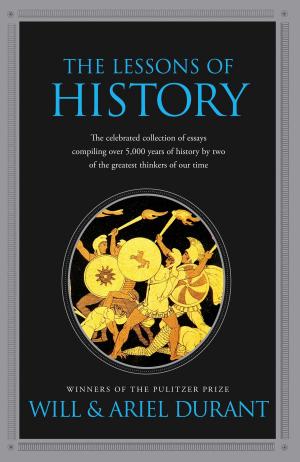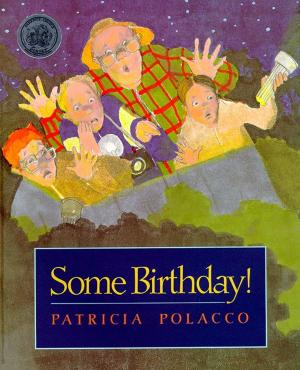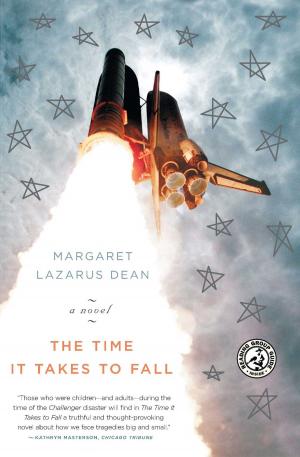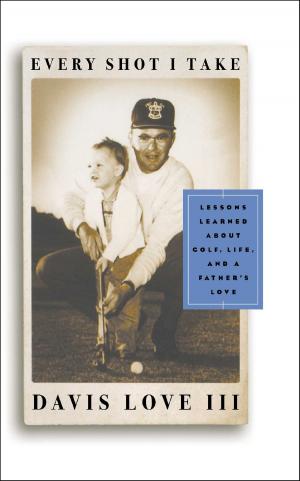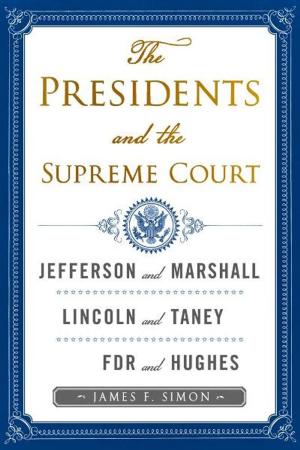North Star over My Shoulder
A Flying Life
Nonfiction, Reference & Language, Transportation, Aviation, History, Biography & Memoir| Author: | Bob Buck | ISBN: | 9780743227667 |
| Publisher: | Simon & Schuster | Publication: | May 4, 2002 |
| Imprint: | Simon & Schuster | Language: | English |
| Author: | Bob Buck |
| ISBN: | 9780743227667 |
| Publisher: | Simon & Schuster |
| Publication: | May 4, 2002 |
| Imprint: | Simon & Schuster |
| Language: | English |
It is rare to find one person whose life embodies the history of an industry the way Bob Buck's life encompasses the history of commercial aviation in America. Buck first flew in the 1920s, inspired by the exploits of Charles Lindbergh. In 1930, at age sixteen, he flew solo from coast to coast, breaking the junior transcontinental speed record. In 1936 he flew nonstop from Burbank, California, to Columbus, Ohio, in a 90-horsepower Monocoupe to establish a world distance record for light airplanes. He joined Transcontinental and Western Air (T&WA) as a copilot in 1937; when he retired thirty-seven years later, he had made more than 2,000 Atlantic crossings -- and his role had progressed from such tasks as retracting a DC-2's landing gear with a cockpit-based hand pump to command of a wide-body 747.
Buck's experiences go back to a time when flying was something glamorous. He flew with and learned from some true pioneers of aviation -- the courageous pilots who created the airmail service during flying's infancy. At the behest of his employer Howard Hughes, Buck spent three months flying with Tyrone Power on a trip to South America, Africa, and Europe. He flew the New York-Paris-Cairo route in the days when flight plans called for lengthy stopovers, and enjoyed all that those romantic places had to offer. He took part in a flight that circled the globe sideways (from pole to pole). He advised TWA's president on the shift to jet planes; a world expert on weather and flight, Buck used a B-17G to chase thunderstorms worldwide as part of a TWA-Air Force research project during World War II, for which he was awarded the Air Medal (as a civilian) by President Truman.
In North Star over My Shoulder, Bob Buck tells of a life spent up and over the clouds, and of the wonderful places and marvelous people who have been a part of that life. He captures the feel, taste, and smell of flying's greatest era -- how the people lived, what they did and felt, and what it was really like to be a part of the world as it grew smaller and smaller. He relates stories from his innumerable visits to Paris, the city he loves more than any other -- echoing Gertrude Stein's view that "America is my country, and Paris is my home town" -- and from his trips to the Middle East, including flights to Israel before and after it became a state. A terrific storyteller and a fascinating man, Bob Buck has turned his well-lived life into a delightful memoir for anyone who remembers when there really was something special in the air.
It is rare to find one person whose life embodies the history of an industry the way Bob Buck's life encompasses the history of commercial aviation in America. Buck first flew in the 1920s, inspired by the exploits of Charles Lindbergh. In 1930, at age sixteen, he flew solo from coast to coast, breaking the junior transcontinental speed record. In 1936 he flew nonstop from Burbank, California, to Columbus, Ohio, in a 90-horsepower Monocoupe to establish a world distance record for light airplanes. He joined Transcontinental and Western Air (T&WA) as a copilot in 1937; when he retired thirty-seven years later, he had made more than 2,000 Atlantic crossings -- and his role had progressed from such tasks as retracting a DC-2's landing gear with a cockpit-based hand pump to command of a wide-body 747.
Buck's experiences go back to a time when flying was something glamorous. He flew with and learned from some true pioneers of aviation -- the courageous pilots who created the airmail service during flying's infancy. At the behest of his employer Howard Hughes, Buck spent three months flying with Tyrone Power on a trip to South America, Africa, and Europe. He flew the New York-Paris-Cairo route in the days when flight plans called for lengthy stopovers, and enjoyed all that those romantic places had to offer. He took part in a flight that circled the globe sideways (from pole to pole). He advised TWA's president on the shift to jet planes; a world expert on weather and flight, Buck used a B-17G to chase thunderstorms worldwide as part of a TWA-Air Force research project during World War II, for which he was awarded the Air Medal (as a civilian) by President Truman.
In North Star over My Shoulder, Bob Buck tells of a life spent up and over the clouds, and of the wonderful places and marvelous people who have been a part of that life. He captures the feel, taste, and smell of flying's greatest era -- how the people lived, what they did and felt, and what it was really like to be a part of the world as it grew smaller and smaller. He relates stories from his innumerable visits to Paris, the city he loves more than any other -- echoing Gertrude Stein's view that "America is my country, and Paris is my home town" -- and from his trips to the Middle East, including flights to Israel before and after it became a state. A terrific storyteller and a fascinating man, Bob Buck has turned his well-lived life into a delightful memoir for anyone who remembers when there really was something special in the air.





